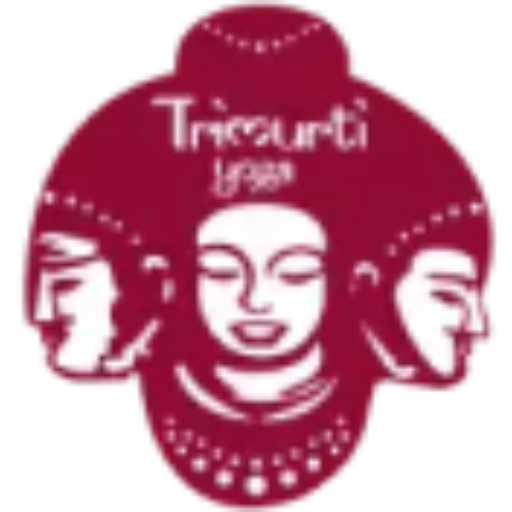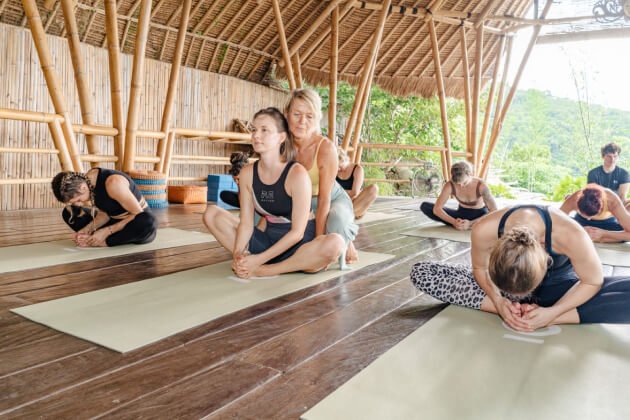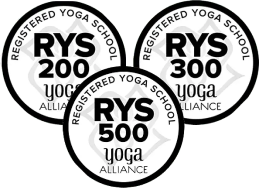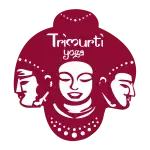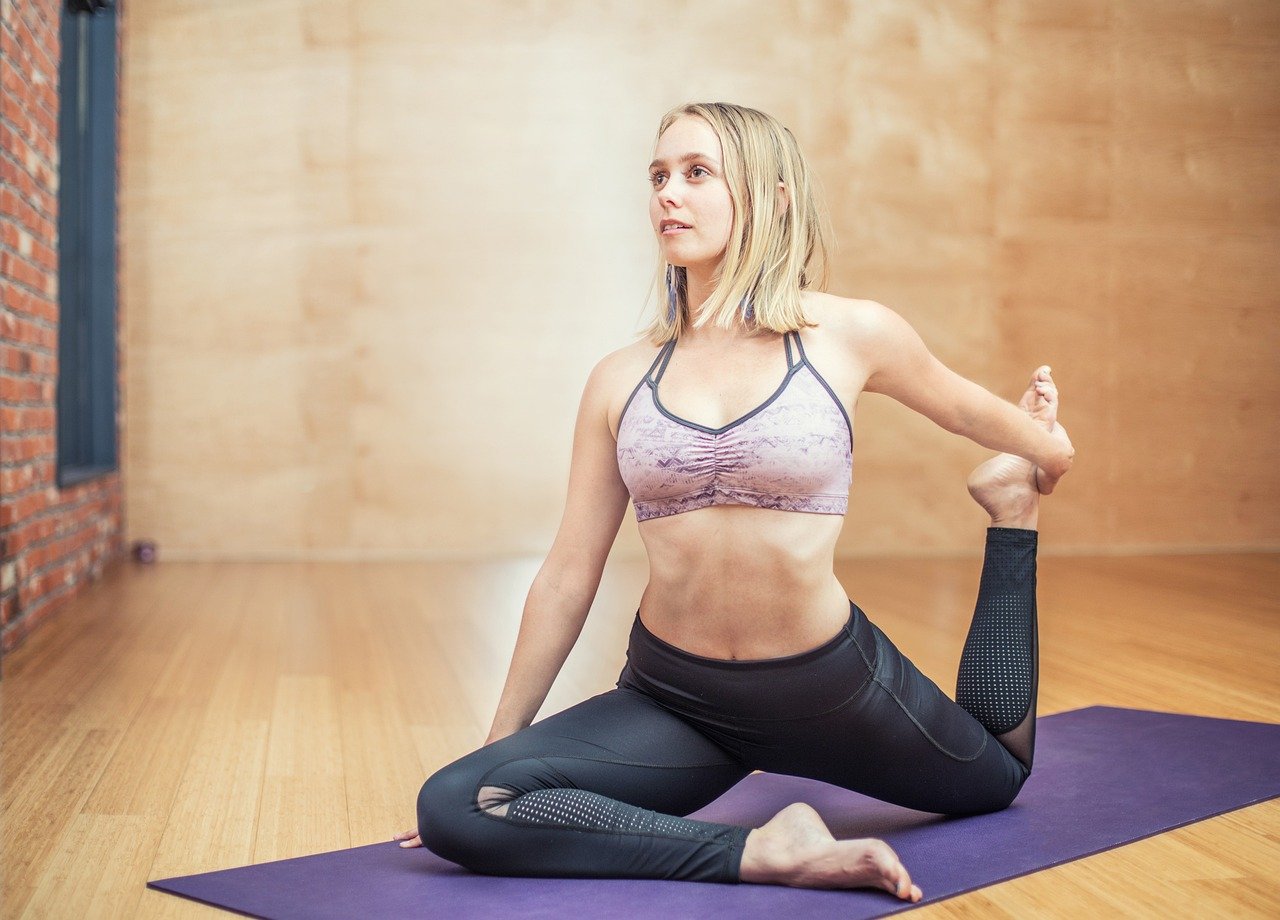
Flexibility plays a vital role in our overall well-being.
It allows us to move freely and perform daily activities with ease. Yoga, an ancient practice originating from India, encompasses physical postures, breathing exercises, and meditation techniques. Regular practice of yoga can not only increase flexibility but also improve strength, balance, and mental clarity.
Table of Contents
ToggleUnderstanding Flexibility
Flexibility refers to the range of motion in your joints and muscles.
It is influenced by factors such as genetics, age, and lifestyle. When we have limited flexibility, our movements become restricted, leading to stiffness and discomfort.
However, by engaging in activities that promote flexibility, such as yoga, we can gradually improve our range of motion and experience a greater sense of freedom in our bodies.
Benefits of Increased Flexibility
Enhancing flexibility through yoga offers numerous benefits for both the body and mind. Some of the key
Advantages include:
Improved Joint Health: Increased flexibility helps lubricate the joints, reducing the risk of injuries and promoting their longevity.
Enhanced Performance in Physical Activities: Being more flexible allows you to perform better in various physical activities, such as sports, dancing, and even everyday movements like bending and reaching.
Reduced Muscle Tension and Soreness: Flexibility training helps alleviate muscle tightness, leading to decreased tension and soreness after exercise.
Better Posture and Alignment: Yoga poses and stretches target
specific muscles and areas of the body, promoting proper posture and alignment. This, in turn, reduces the strain on muscles and joints and prevents postural imbalances.
Increased Blood Circulation: Flexibility exercises, like yoga poses, stimulate blood flow to the muscles, improving circulation and delivering essential nutrients and oxygen to the tissues.
This aids in muscle recovery and overall vitality.
Stress Relief and Relaxation: Yoga incorporates deep breathing and mindfulness practices, which help activate the body\’s relaxation response, reducing stress levels and promoting a sense of calm and well-being.
Mind-Body Connection: Flexibility training in yoga encourages a deeper connection between the mind and body. As you focus on your breath and move through the poses, you become more aware of your body\’s sensations, thoughts, and emotions.
Yoga Poses for Flexibility
Here are 14 yoga poses that target different areas of the body and promote increased flexibility:
Downward-Facing Dog (Adho Mukha Svanasana)
Start on your hands and knees, then lift your hips upward, forming an inverted \”V\” shape with your body. This pose stretches the hamstrings, calves, and shoulders while strengthening the arms and core.
Forward Fold (Uttanasana)
Stand with your feet hip-width apart and fold forward from the hips, reaching toward the ground or your shins. This pose lengthens the hamstrings and releases tension in the lower back.
Bridge Pose (Setu Bandhasana)
Lie on your back with knees bent and feet flat on the ground. Press your feet into the floor, lift your hips, and interlace your hands beneath your lower back. Bridge pose stretches the chest, spine, and hip flexors.
Triangle Pose (Trikonasana)
Stand with your feet wide apart, turn your right foot out, and extend your right arm toward the right side, reaching for your shin, ankle, or the floor. This pose stretches the hamstrings, hips, and side body.
Extended Side Angle Pose (Utthita Parsvakonasana)
From triangle pose, bend your right knee and place your right hand on the ground or a block. Extend your left arm overhead, creating a diagonal line from fingertips to heel. This pose stretches the groin, hamstrings, and side body.
Cobra Pose (Bhujangasana)
Lie on your stomach, place your hands beneath your shoulders, and lift your chest off the ground while keeping your pelvis grounded. Cobra pose opens the chest, stretches the abdominals, and strengthens the spine.
Butterfly Pose (Baddha Konasana)
Sit on the ground, bend your knees, and bring the soles of your feet together. Gently press your knees toward the ground to open the hips and stretch the inner thighs.
Pigeon Pose (Eka Pada Rajakapotasana)
Begin in a low lunge position with your right knee forward. Slide your left leg back, straighten it, and fold forward over your right leg. Pigeon pose deeply stretches the hip flexors and glutes.
Seated Forward Bend (Paschimottanasana)
Sit with your legs extended in front of you and fold forward from the hips, reaching for your feet or ankles. This pose stretches the hamstrings, calves
and lower back, promoting flexibility in the posterior chain.
Thread the Needle Pose (Parsva Balasana)
Start on all fours, then slide your right arm under your left arm, bringing your right shoulder and temple to the mat. This pose releases tension in the upper back, shoulders, and neck.
Standing Backbend (Anuvittasana)
Stand tall with your feet hip-width apart, place your hands on your lower back, and gently arch your spine backward. The standing backbend opens the chest, shoulders, and front body.
Supine Spinal Twist (Supta Matsyendrasana)
Lie on your back, bring your knees to your chest, and drop them to the right side while extending your left arm to the side. This pose stretches the spine and releases tension in the lower back.
Happy Baby Pose (Ananda Balasana)
Lie on your back, bend your knees, and grab the outsides of your feet. Gently pull your knees toward the floor, opening the hips and stretching the inner thighs.
Reclining Hand-to-Big-Toe Pose (Supta Padangusthasana)
Reclining Hand-to-Big-Toe Pose, known as Supta Padangusthasana in Sanskrit, is a foundational yoga pose that offers a deep stretch for the legs and hips while promoting balance and relaxation. This asana is often included in yoga sequences to enhance flexibility, particularly in the hamstrings and calves, while also improving overall body alignment and posture.
Step-by-Step Instructions
-
Preparation:
- Begin by lying flat on your back on a yoga mat, ensuring your body is aligned, with your arms resting alongside your torso and your legs extended straight.
-
Lift Your Right Leg:
- On an inhale, bend your right knee and draw it towards your chest. Wrap a yoga strap or your right index and middle fingers around the big toe of your right foot. If you’re using a strap, place it around the arch of your foot.
-
Extend the Leg:
- Slowly straighten your right leg toward the ceiling, keeping the left leg extended on the floor. Press the left thigh firmly into the mat to stabilize your position. If your hamstrings are tight, you can keep a slight bend in the right knee or use the strap to assist in holding your foot.
-
Align Your Body:
- Ensure that your shoulders and back remain grounded on the mat. Avoid lifting your shoulders or arching your back. Engage your core muscles to maintain stability and prevent the pelvis from tilting.
-
Hold the Pose:
- Breathe deeply and hold the pose for 30 seconds to 1 minute, allowing your hamstrings and calf muscles to stretch gradually. Keep your gaze soft and your face relaxed.
-
Deepen the Stretch (Optional):
- If you feel comfortable, you can gently guide your extended leg closer to your torso, deepening the stretch. Be mindful not to strain or force the movement.
-
Release:
- To release, exhale and slowly lower your right leg back to the mat. Pause for a few breaths before repeating the pose on the left side.
Benefits
- Hamstring and Calf Stretch: Supta Padangusthasana deeply stretches the hamstrings and calf muscles, improving flexibility and relieving tension in these areas.
- Hip Opening: This pose helps to open the hips, particularly when the leg is extended out to the side, enhancing hip mobility.
- Improved Posture: By aligning the body and engaging the core, this pose promotes better posture and spinal alignment.
- Relief from Lower Back Pain: The gentle stretch in the lower back can help alleviate discomfort and stiffness in the lumbar region.
- Calming Effect: As a reclining pose, Supta Padangusthasana encourages relaxation and can have a calming effect on the nervous system.
Modifications and Variations
- Use a Strap: If you cannot comfortably reach your big toe, use a yoga strap around the arch of your foot. This allows you to practice the pose without compromising form or comfort.
- Bend the Knee: If your hamstrings are particularly tight, you can keep a slight bend in the knee of the extended leg. Focus on gradually increasing flexibility over time.
- Extend the Opposite Arm: For a deeper stretch and balance challenge, extend the opposite arm (left arm when the right leg is lifted) out to the side, keeping it in line with your shoulder.
- Leg Out to the Side: To deepen the hip opening, you can guide the extended leg out to the side, ensuring the opposite hip stays grounded on the mat. This variation is particularly beneficial for improving hip flexibility.
Precautions
- Lower Back Issues: If you have a sensitive lower back or experience discomfort during this pose, try placing a folded blanket under your lower back for additional support.
- Avoid Overstretching: Always listen to your body and avoid forcing the stretch. Overstretching can lead to injury, particularly in the hamstrings.
- Neck and Shoulder Alignment: Keep your neck and shoulders relaxed and grounded. Avoid lifting your shoulders off the mat or tensing your neck.
Conclusion
Reclining Hand-to-Big-Toe Pose (Supta Padangusthasana) is an essential pose for developing flexibility, balance, and relaxation in yoga practice. By practicing this asana regularly, you can improve the flexibility of your legs and hips, enhance your posture, and experience a calming effect on the mind and body. Whether you’re a beginner or an experienced yogi, this pose offers numerous benefits that contribute to overall physical and mental well-being.
We Also Provide These Courses:

